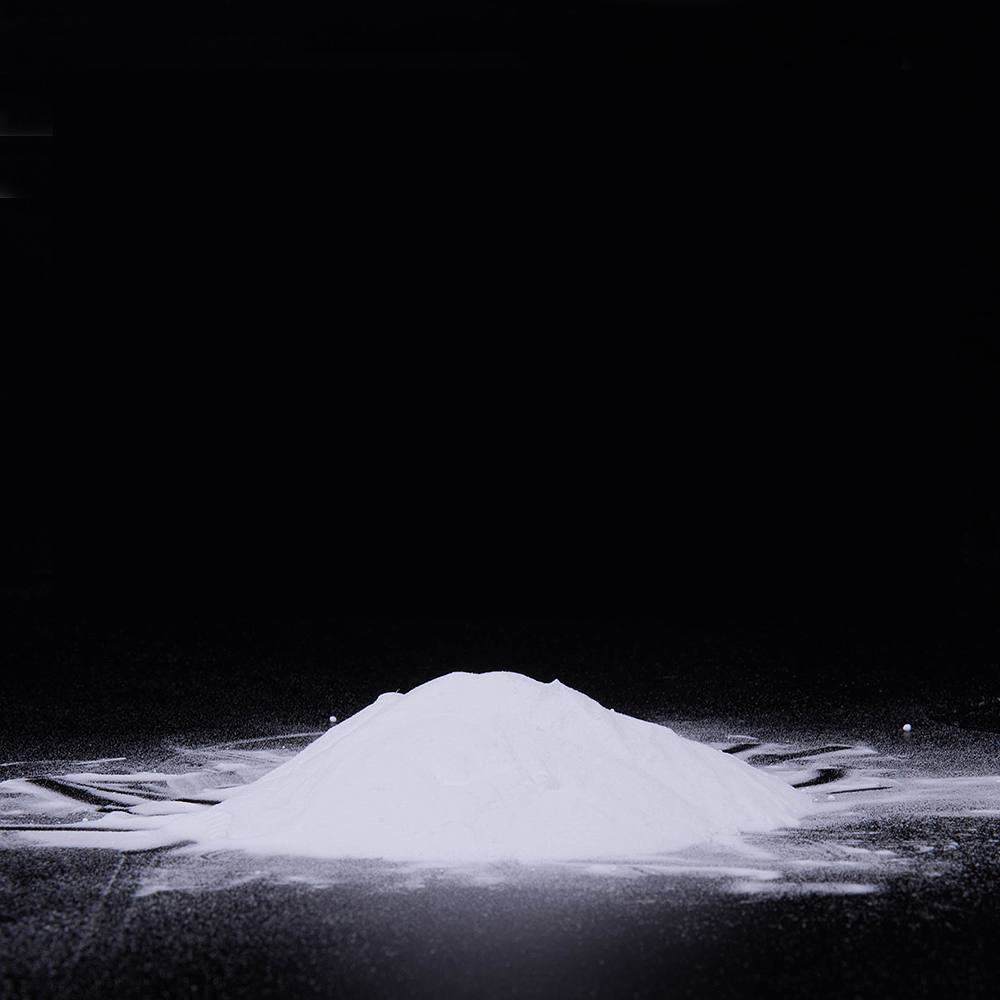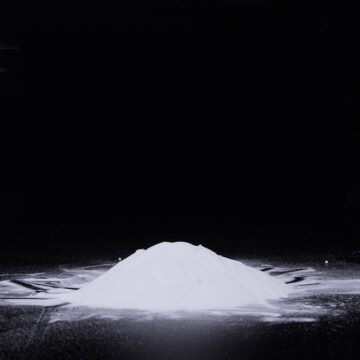Properties:
PCM hydroxyethyl cellulose(HEC) polymers are nonionic, water-soluble materials that can thicken, suspend, bind, emulsify, form films, stabilize, disperse, retain water, and rovide protective colloid action. They are readily soluble in water and can be used to prepare solutions with a wide range of viscosities. HEADCEL polymers have outstanding tolerance for dissolved electrolytes. General speaking, this series of materials provide following advantages:
- HEC products help contribute desired body in paints, household products, and cosmetics. In many applications, thickening is combined with suspension, stabilization, dispersion, and water retention to produce desired results.
- Pseudoplasticity:Solutions of high-viscosity grades are pseudoplastic and thin out under shear. Latex paints must stay on the brush or roller, yet flow out easily on brushing or rolling and then level out to reduce brush or lap marks. Hair shampoos must pour rich and heavy from the container and yet thin out, feel wet, and disperse easily when rubbed between the hands and applied to the hair.
- Salt tolerance: Because HEC is nonionic, it is stable in solution with high concentrations of salts, making it ideal for use in household products. In electroplating, this property contributes to brighter and more uniform plating. In cosmetics, it can be used to thicken underarm deodorants despite the high salt levels of such products. In latex paints, tolerance of borates, silicates, and carbonates is important in maintaining desired viscosity. In oil field applications, the salt tolerance of HEC permits the thickening of heavy weight brines.
- Film forming:Films of HEC can be applied from water solutions. In paper manufacturing, coatings that are impervious to oils, greases, and most solvents can be prepared. This property also contributes to excellent ink holdout in paper-sizing formulations. In textiles HEC serves as a warp size, protecting fibers from mechanical abuse. The film-forming property can be used advantageously as a temporary protective coating during processing and shipping. When protection is no longer needed, the coating can be washed off.
- Water retention: HEC helps maintain the water content of formulations at desired levels. This property enables formulators to reduce the amount of water needed in a formulation because of the more efficient use made of water in the presence of small quantities of HEC. Without water-retaining and binding properties, cement-based mortars would lose their adhesion and strength, and ceramic powders would lose their plasticity under pressure.
Specifications:
| Index | HEC Series | ||||||
| HEC30000S | HEC30000SE | HEC60000S | HEC60000SE | HEC100000S | HEC100000SE | ||
| Viscosity NDJ-1, 2% solution, 25℃, mPa.s | 24000-36000 | 24000-36000 | 48000-72000 | 48000-72000 | 80000-120000 | 80000-120000 | |
| Viscosity Brookfield, 1% solution, 25℃, mPa.s | 1500-2500 | 1500-2500 | 2400-3400 | 2400-3400 | 4400-6000 | 4400-6000 | |
| Appearance | white or yellowish powder | ||||||
| Moisture, %≤ | 6.0 | ||||||
| Degree of substitution | S type | 1.8-2.0 | |||||
| E type | 1.8-2.5 | ||||||
| Apparent density | 0.40 | ||||||
| pH | 4.0 – 8.0 | ||||||
| Particle Size Min. 98%@ pass through, mesh | 60 | ||||||
Application:
- Latex Paints:
- Paper Coatings:
- Inks:


